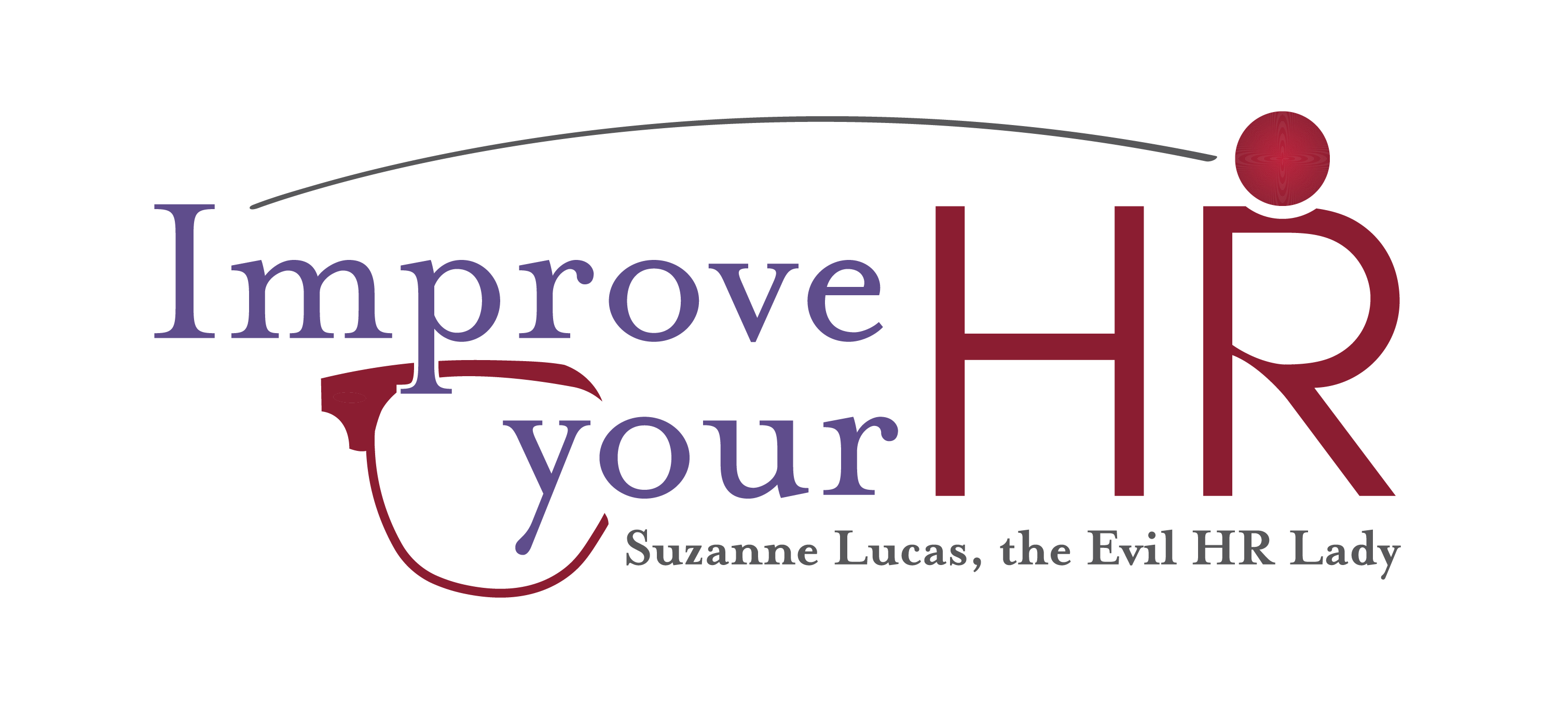Large companies aren’t the only businesses that need an employee handbook. Even before you hire your first employee, you should establish your company’s policies and procedures in writing to help protect yourself, your business and your employee. Here are some best practices on what your handbook should cover and how you can distribute it.
What to Include
Include all policies and procedures in clear language. These might be discussion points that come up in the interview process, but it is worth setting forth in writing to reference later. If applicable, you may want to include an at-will employment disclaimer stating that the company or employee can terminate the relationship at any time, and for any (lawful) reason. Here are a number of common points covered in handbooks:
- What is the vacation policy? Can employees use their vacation time as soon as they are hired, or does it accrue over time? What is the vacation request process? What are the legally mandated time-off policies in your area?
To keep reading, click here: An Employee Handbook Is Important for Companies of Any Size

Even more important than having an employee handbook is having one that is concise, in plain language and read and followed, not just by new hires, but by everyone up the chain-of-command. Most employee handbooks are too long, too legalistic to be easily comprehendible, and — once written and signed-off on — all too often placed up on a shelf, never again to be read or followed, until after-the-fact.
Having an employee handbook is essential to any enterprise, for profit, or non-profit. It’l keep you out of court, protect your investment, and be an essential tool in sound management and employee relations.
This guideline is a great place to start your policy plan: http://www.jamesehorn.com/sample-page/islam-in-the-workplace/